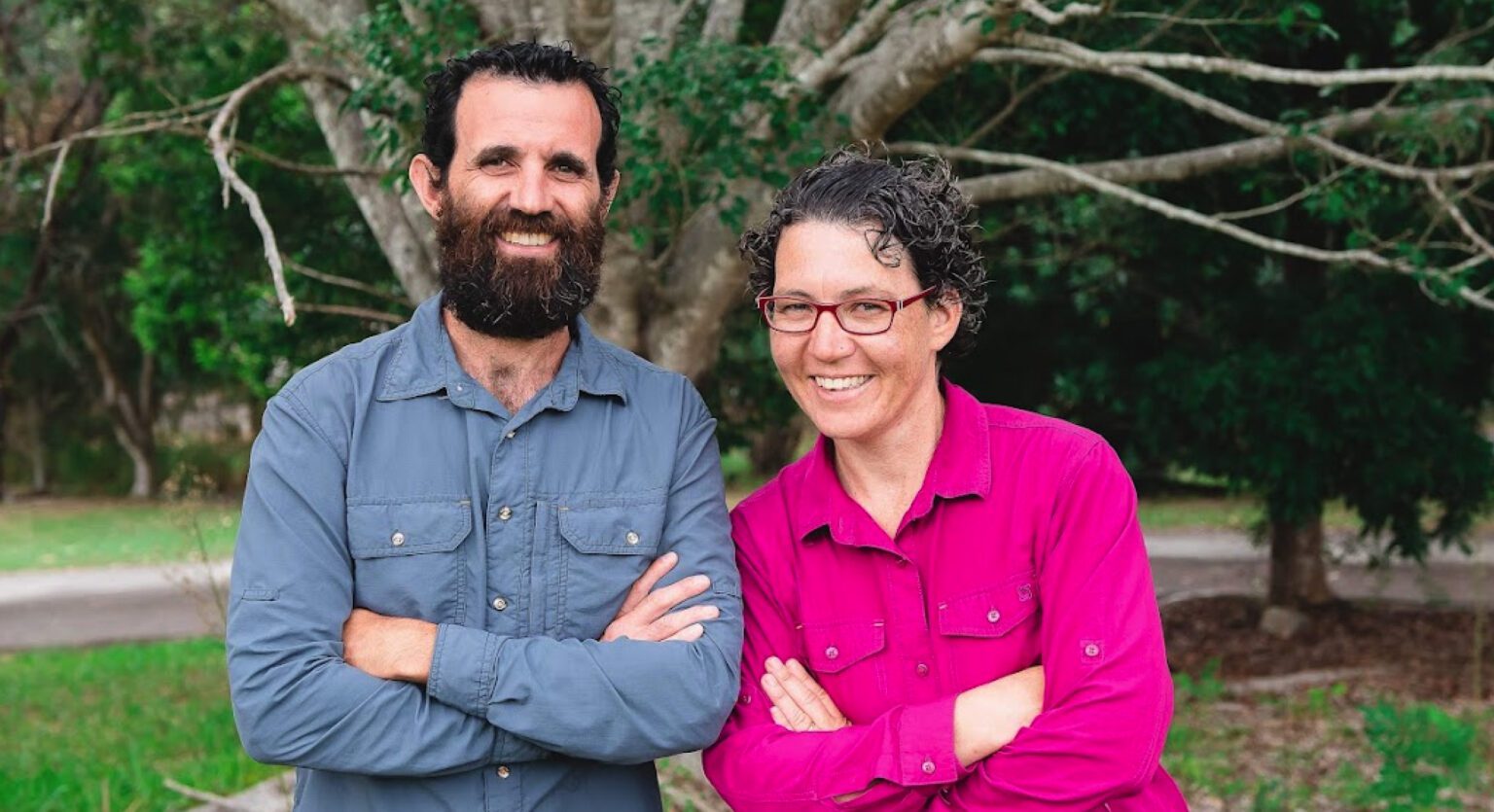Almost every retail business is on the hunt for more customers. After all, more customers usually mean more sales, more referrals and more revenue.
However, attracting more customers can be easier said than done. There are hundreds of different tactics out there, and as a small business you only have a limited amount of time and budget. So, what actually works?
We spoke to three small Australian retailers with first-hand experience of growing their customer base to find out exactly what tactics worked for them.
Lisa Bowkett, owner and founder of Bump & Bunny
In 2013, a pregnant Lisa Bowkett started Bump & Bunny, using cash saved up from her day job. What began as a bootstrapped eBay store, with just two items, has quickly evolved into an online alternative fashion boutique for kids.
Bowkett says that although she has since created a Shopify website, eBay helped to grow her customer base in the early days – and continues to do so.
“We get a lot of new shoppers through eBay, as many people in Australia will still search for something on eBay before looking at the internet in general,” she says.
These customers often then move to her website for repeat sales.
As Bump & Bunny sells niche products, marketing to a highly-targeted audience has been key for business growth. Facebook advertising, niche interest groups and SEO (search engine optimisation) are three tactics that allow the business to acquire new customers without a big marketing budget.
“I run Facebook advertising targeted at people who have specific interests that align with my brand,” says Bowkett.
“There are also some related Facebook groups and websites that allow businesses to advertise, especially if they are willing to do some sort of exclusive giveaway.”
Then there’s SEO, which helps the right people find you when searching online.
“SEO is crucial for getting people to find your store organically,” says Bowkett.
“If you have great SEO and a product that people want, this can be a great source of traffic and customers for your store.”
When it comes to targeting your customers, the secret isn’t to show up on every social media platform under the sun. Rather, just pick a few where you know your target audience spend time and invest in getting found on these platforms.
Kerry-Anne Blanket, owner and founder of KAB Gallery
KAB Gallery is a physical and virtual art gallery specialising in collectable Australian art. Since opening a physical gallery space in Terrigal on NSW’s Central Coast in 2013, KAB Gallery has grown into a thriving ecommerce business with an international customer base.
Key to KAB Gallery’s success has been not relying on just one marketing method.
“Social media has proven to be a great platform for KAB Gallery to grow its customer base, but I have found it works best when used in conjunction with other supporting marketing,” says Kerry-Anne Blanket.
One of KAB Gallery’s most recent successes was combining social media ads with radio.
“I ran radio live reads, where I primarily drove listeners to the gallery’s Instagram and Facebook,” Blanket says.
“Both of these social platforms were important as they are very visual, complementing the radio, which is not.”
By blending both audio and visual marketing channels, Blanket was able to reach a wide audience.
“I also rewarded my social media followers with discounts when they heard our live reads,” says Blanket.
“This kept them engaged with the KAB Gallery brand throughout the day, and helped convert the campaign into sales, or at the very least developed some warms leads to follow up with on the next campaign.”
Blanket also strives to keep up with tech innovations in the art world.
“We noticed that clients have been increasingly searching for ways to validate their artwork purchases, in terms of being able to better picture the artworks on their wall and amongst their décor,” she says.
“To service this requirement, we have worked with a cutting-edge team based in the US to introduce an amazing augmented reality experience called Hoverlay to our website.”
Good marketing strategies are fluid, flexible and move with the times. When it comes to standing out from the competition, sometimes it pays to do a little extra research to stay up-to-date with current tech and marketing trends.
Holly Spillane, co-founder of Elka Swim
In October 2018, Holly Spillane and her partner Steve Roberts launched Elka Swim, an online women’s swimwear business. A comprehensive influencer campaign allowed the pair to grow the brand quickly and leave their full-time jobs within five months.
“When we first started, we ran a three-month brand awareness campaign on social media using influencer marketing,” says Spillane.
“We ran giveaways with a mix of fashion and lifestyle micro-influencers, and a few bigger influencers both here and in America and Poland.”
Not only did this increase their brand awareness, but it allowed Elka Swim to collect customer data, which they then used to retarget their customers through Facebook ads.
“We split-tested a lot of ads, and trialed different images and formats to figure out what performed best.”
Elka Swim was then able to use these insights to retarget their customers through Facebook ads, which helped grow their customer base internationally.
While social media has been key to Elka Swim’s growth, Spillane also believes there needs to be a connection offline with potential customers.
“Nothing beats good old-fashioned face-to-face networking,” she says.
“We often sponsor events by adding a little gift in the goodie bags, and then we attend the event and use our gift as a starting point for conversations.”
Spillane and her team also run small focus groups, which not only allows them to collect customer insights, but has also helped solidify the Elka Swim fanbase.
The takeaway? Social media is excellent for brand awareness in the beginning, but it’s important to cultivate strong relationships offline to keep customers coming back to your brand.
Want to learn more about growing your business and reaching your potential? Sign up to the Prospa Blog newsletter for small business tips, tools and success stories.








